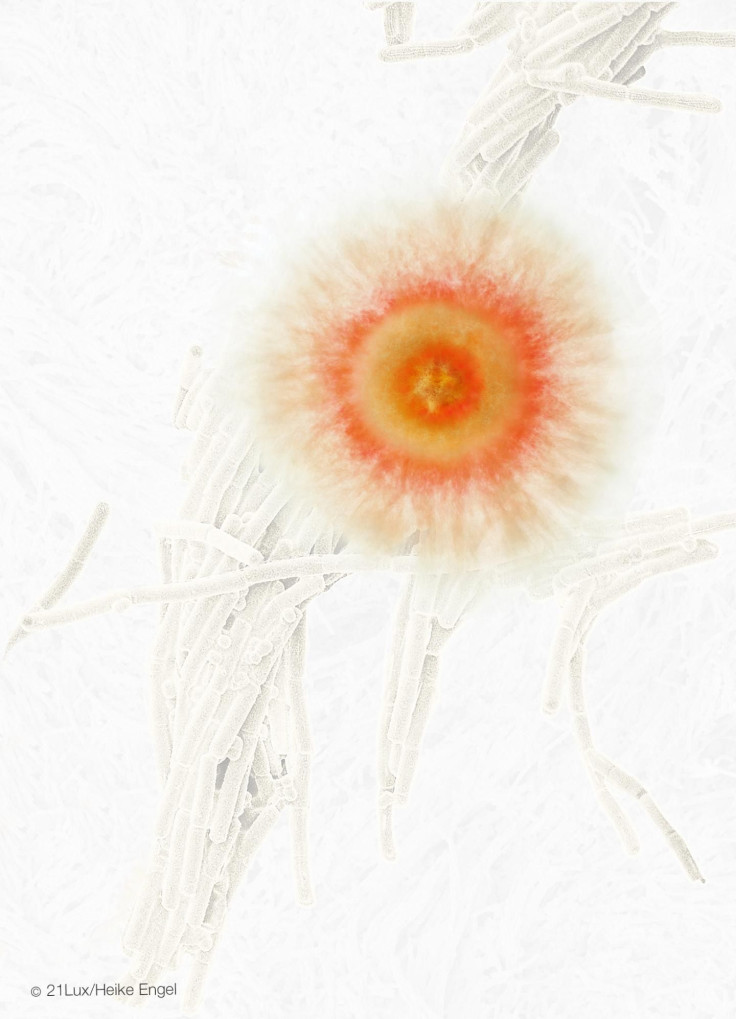Meet Blob: Paris Zoo's Mysterious Organism Has No Brain But 720 Sexes

Paris Zoological Park is set to put up ‘Blob’, a yellowish unicellular organism with mysterious characteristics, on public display on Oct. 18, Saturday. This small living being is a fungus by appearance but functions as an animal.
Scientifically known as Physarum polycephalum or the "many-headed slime", Blob has nearly 720 sexes and a slithering speed of up to 1.6 inches per hour.
Blob, which has a kind of its own, is known to have been used in many scientific experiments lately. The forthcoming exhibition is aimed at showcasing its rare properties to the people. Blob reportedly can detect and digest food even though it has no brain, no mouth, no stomach, or no eyes. It can even merge itself in two minutes if halved.
According to Bruno David, director of the Paris Museum of Natural History, the mother institute of the zoological park, "It behaves very surprisingly for something that looks like a mushroom [...] it has the behavior of an animal, it is able to learn."
A press release from the zoological park has even claimed that it can pick up itself back into one entity after splitting into many.
"It surprises us because it has no brain but is able to learn ... and if you merge two blobs, the one that has learned will transmit its knowledge to the other," David said.
The origin of Blob dates back to a billion years ago but it was identified in May, 1973, by a Texas woman where it was expanding rapidly in her backyard. It started hogging the limelight ever since and even earned a mention in The New York Times that same month. The blob died soon after but stirred renewed interest among experts after a new research was published in 2016.
According to researches at the zoological park, the slime is also said to be capable of problem-solving, finding the shortest route to exit a labrynth and predict changes in its environment.
The unicellular got its name from a 1958 science-fiction horror movie, 'The Blob' starring Steve McQueen, against an alien blob taking over the town.
© Copyright IBTimes 2024. All rights reserved.





















